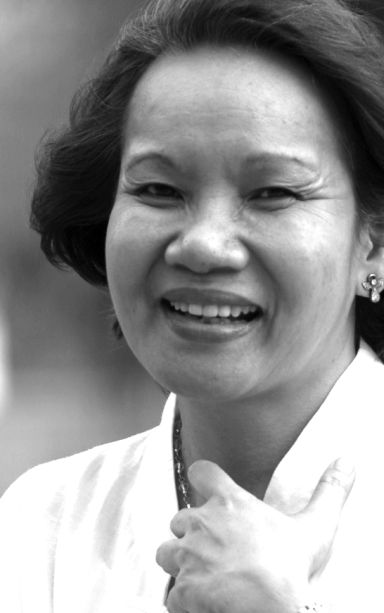
LOGARTA
With the grade 9 and 10 students in Our Lady of Joy Learning Center we open the class marching and singing: Ang laban ni Bonifacio napakahabang laban/ Hindi matapos-tapos/ Tayo ang tutuloy and Ang gubat ni Leon Kilat taas nga pakigbisog/ Dugay siyang matapos/ Kita ang motiwas. We do this for two reasons. First we do this as body movement to increase the oxygen in our system. Then we do this as a reminder that we are a part of a continuing struggle of our country journey toward genuine freedom and independence. This week we celebrate the founding of the Katipunan and try to seriously reflect on: What is to be done to actually contribute to the realization of freedom and independence?
The Katipunan was organized so that the Filipinos will have independence, self-reliance; not a country of slaves to colonial masters. But I had mentioned before they had objectives for the individuals: they hoped that its members would care for the good of others; that they would respond to the needs of the oppressed.
Females became part of the Katipunan. The history of Filipino women, “Si Maria, Nena, Gabriela, atbp.” In her story, the 1986 revolution was significant for, for many this would be their first participation in political life.
Many are familiar with the women of Malolos, who protested their being deprived to enter the university. Such an initiative earned the admiration of Jose Rizal and “The Letter to the Women of Malolos.” The history also cites: Rosario Villaruel, Purificacion Leyva, Valeriana Legaspi, Trinidad Rizal, Rumualda Lanuza, Sixta Fajardo who with others formed Logia de Adopcion, that was a link of the “intehensya” to the underground movement. Rosa Sevilla is said to have been a writer of “La Independencia”.
The female branch of the Katipunan was led by Josefa Rizal, Gregoria de Jesus, Marina Dizon, and Angelica Rizal Lopez. Agueda Kahabagan of Batangas, Trinidad Tecson of Biak-na-Bato and Teresa Magbanua of Panay joined the army.
Teresa Magbanua, a teacher, joined his brothers, Elias and Pascual, in the fight against Spain. She proceeded to fight the Americans and supported the guerrillas against the Japanese.
Melchora Aquino, Tandang Sora, sheltered the Katipuneros in their home and Cresencia Sanchez, a nurse from Cavite, took care for the wounded.
“Ang Kartilya ng Katipunan” prepared by Emilio Jacinto, the Brains of the Katipunan, has points to live by that can be inspiring for our millennials. A life not dedicated to a good purpose is like a tree without a shadow or a poisonous weed. Skin color, social standing, or lesser knowledge should not be a cause for discrimination. Do not waste time for material wealth, which can be recovered, but one can never recover wasted time.
Although males are considered the leader in life’s path, the Kartilya asserts that females should never be a mere source of entertainment, rather they should be recognized as partners in confronting the hardships of life.